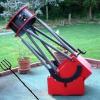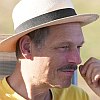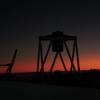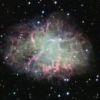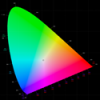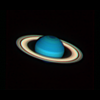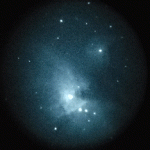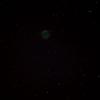Hi all,
I've decided to try my hand at lunar sketching again. The last few lunar observing sessions I've done have been exceptionally relaxing: no straining at the eyepiece, no pressure to find n number of objects to call it a "successful night," and no "gotta move on to the next object so I can get a certificate" feeling.
I abandoned sketching in the past as I was frustrated that I just couldn't get my efforts to look anything like what was in the eyepiece. In retrospect, choosing Copernicus or Gassendi probably were not the best starting targets. I think I'll try a simple bowl-shaped crater next. There are a great many lunar sketching tutorials on the web, but the one that really clicked with me this weekend and had me happy with the results of my practice sketches is Carol's found out http://www.rasc.ca/c...-tutorials-moon. This is a technique that is constrained, simple, and nicely repeatable. Seems a great starting place.
But more to my questions.... I love the look of the white-on-black sketches done with Conte crayons and white pastels. I'm lucky to be married to a professional artist, so I raided my wife's pastel pencil stash and played around with this a bit. It seems that compared to graphite, it is not as easy to get the pastel pencil to a fine line. It seems that to keep everything scaled right one must use larger paper and draw things larger. Indeed, in the sketching Springer books I have it seems all of the pastel work is done on a minimum of 9"x12" paper whereas graphic works is perfectly happy at 5"x5" or so. Am I on the right track here?
Also, what is the difference between charcoal and graphite? Why might one use over the other?
I'm going to stick with graphite for now as it is what I am most familiar with and the skills will also more easily transfer to sketching Mars this coming apparition.






